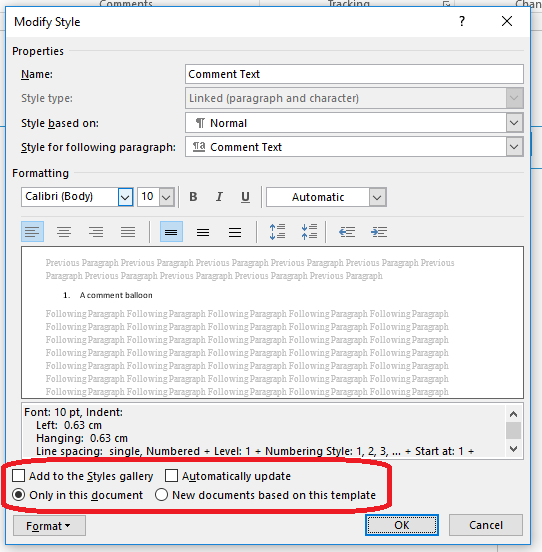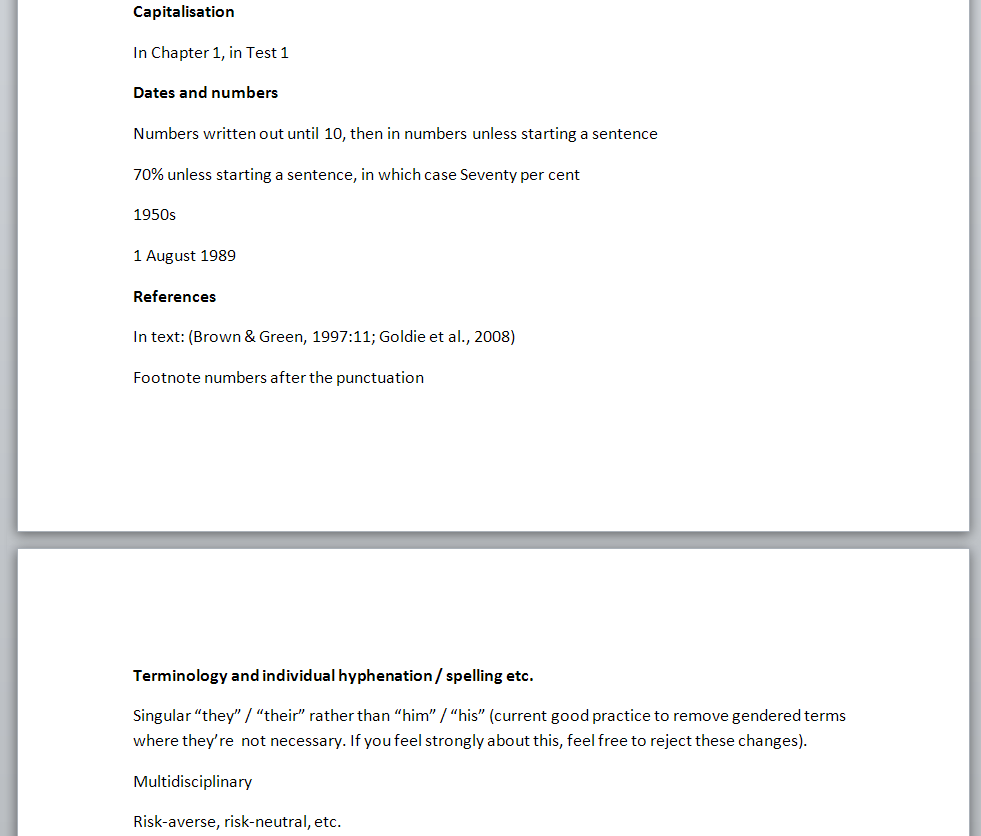The BBC has reported that “essay mills”, where companies sell pre-written complete essays to students, are to be outlawed as part of the Skills and Post-16 Education Bill. I welcome this, and hope it will drive this practice away from higher education. However, this does need to be accompanied by better essay-writing and pastoral care support for students, who are often tempted to cheat, not out of laziness, but because of high social and academic pressures.
What is an essay mill?
An essay mill is a company that exists to make money from providing pre-written essays and even dissertations on topics which students purchase and try to pass of as their own.
In my (of course entirely legitimate and very careful) dealings with student clients, I come across so many examples of organisations who prey on them and abuse them while extracting money from them. More times than I can count, a student has come to me having already had their essay “edited”, which has, at best, involved running a simple spell check over it. Particularly for students whose English is an additional language to the one or more languages they are already fluent in, this can be woefully insufficient for them. They pay money, often a lot of it, and are left with something not fit for purpose that needs re-editing. When I worked on a university campus, I would see stickers on lamp-posts offering editing or proofreading services for students, or, indeed, advertising essay mills.
Why are students tempted to use essay mills?
I firmly believe this is not all out of laziness and trying to buy your way through university. Of course, some examples may be that, but in my decade and more of dealing with students, especially overseas students who are not fluent writers in English, I have seen the huge pressure to perform that can sometimes overwhelm. Overseas students in particular pay huge fees to attend British universities, even higher than national students, and this money has been paid by families or sponsors. I am not sure that English language support is even across institutes of higher education and I have come across many students who clearly understand their topic but lack the skills to present it in English that is deemed acceptable by their authorities.
I need to emphasise here that I have huge respect for anyone pursuing higher education in their second, third, fourth, whatever language. My French is decent and my Spanish is getting there, my Icelandic can raise a wan smile and I can speak Italian only when in Italy: I would not wish to write a university-level essay in any of these languages. Also, it’s not only overseas students who use essay mills.
So you’re pressured to make good use of the money that’s been spent on you, you know your English skills are not brilliant, and you see an ad where you can buy an essay. What are you going to do?
What happens if a student submits an essay they’ve bought from an essay mill?
Universities and colleges are of course wise to the use of essay mills and the purchase of pre-written essays. Of course these essays aren’t individually written for each student, so they will crop up regularly. Plagiarism software will pick them up easily, and the tutor may also realise that the language used is very different from the student’s usual level of English.
I would hope that the university would offer support in English language skills and essay writing rather than simply censuring the student. I hope there’s more understanding for the people they have brought over and charged highly for this British education.
Dealing with plagiarism carefully
Of course this is all about plagiarism: passing someone else’s work off as your own. Legitimate and careful editors/proofreaders who work with students, like me, are very careful about plagiarism. I have a line I won’t cross in terms of how many corrections and suggestions I’ll make to a student’s work, and I have turned down work several times where it’s clear that too much help is needed from me, and advised the student to approach their tutor for support. I have some resources about plagiarism below.
If you’re a student looking for help and support with essays, I suggest you do the following:
- Ask your tutor or the library support staff if there are any courses or classes available
- If you need a proofreader for your essays, ask your tutor or classmates if they can recommend someone
- If you need to find a proofreader for your essays or dissertation yourself, look for a service provider who has a statement about plagiarism and terms and conditions on their website. Ask them how they do the work, and check that they leave Tracked Changes turned on so you can see and assess their changes and decide yourself if you want to accept them.
This article was triggered by the announcement that essay farms are going to be made illegal in the UK. I have explained what they are and why students might used them, pleaded for understanding and discussed how else students can find support, with a mention of how they might choose that support. There are some resources below on plagiarism which you might also find useful.
Other resources on this website
For students
Choosing a proofreader – student edition
Why has my proofreader not edited my bibliography?
Referencing – how to keep track and how to refer to your reference materials
How to quote sources without plagiarising – rewording and quoting appropriately
Essay tips for new students – handy for undergraduates
Top tips for dissertations and theses – from people who’ve been there
Top tips for writing up your PhD
Appropriate language in academic writing
For editors
Plagiarism – what it is and how a proofreader should work with student material (and my terms and conditions)
Student at risk of plagiarism 1: What do you do when a text isn’t referenced properly?
Student at risk of plagiarism 3: Sending feedback to your student client and their supervisor










































